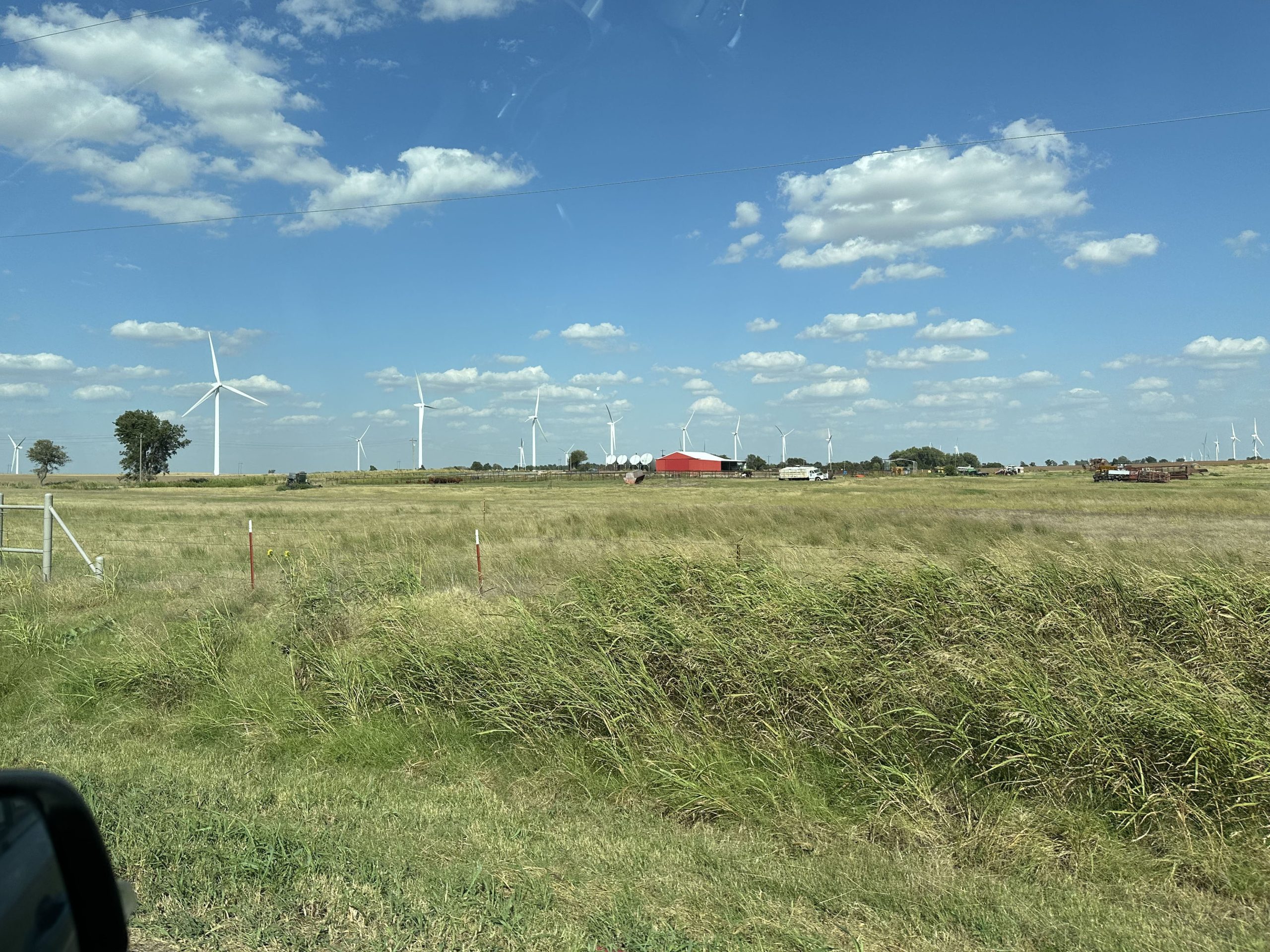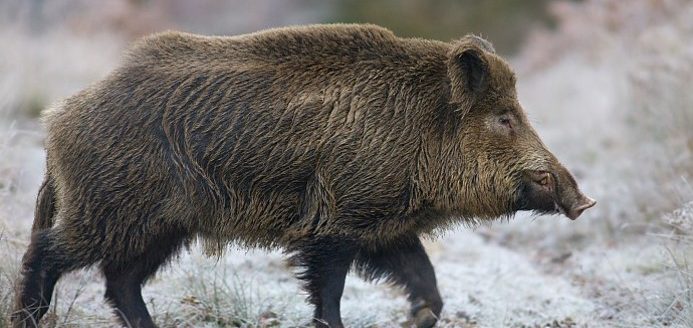Why aren’t the wind turbines turning?

I live more than an hour northwest of Oklahoma City, and anytime I go to “The City”, as we say in Oklahoma, half of my journey takes me along a county road that is lined with wind turbines. Not only do I notice the giant white blades against the blue sky every time I drive by, but I also notice many of them are not rotating.
The most common reason for turbines to stop is inadequate wind speed. They require sustained winds of at least 9 miles per hour, but no more than 55 mph. For reference, the average wind speed for Canadian County—where these turbines are located—is 17.51 mph. As a born and bred Oklahoman, a day when the wind only blows 9 mph is considered to be calm, pleasant and somewhat rare. We don’t have too many days where there is no risk of lawn chairs flying across the yard.
Other reasons the blades might stop turning could be due to maintenance and repairs, ice on the blades or if the power grid demand is met. But it never fails. Even when wind conditions are perfect, and it’s hotter than the hinges on the gates of hell outside, I sometimes only see a handful out of 100 turbines running.
Part of the reason I chose to write on this topic is because of an article I wrote several weeks ago about the goals announced in the Democratic platform. It includes plans to install an additional 500 million solar panels and 60,000 wind turbines. Furthermore, the Democrats have a goal of eliminating carbon pollution from power plants by 2035. Why would we need all these new turbines if we aren’t efficiently using the ones we already have in place?
Before I get any further into this opinion piece, I need to state that I am not anti-wind. I believe there is a place for renewable power sources to support our power grid—such as wind and solar energy. However, I do not think our planet can function without fossil fuels.
If you disagree, I’d like to turn your attention to the February 2021 North American cold wave. This was a 13-day, widespread arctic weather event that impacted Canada, the central and eastern U.S. and even northern Mexico.
Oklahoma City, Oklahoma, got down to −14 degrees Fahrenheit, the coldest since 1899; Dallas saw temperatures of −2 degrees Fahrenheit, the coldest since 1930; and Houston and San Antonio, Texas, both fell into the teens. You get it. It was cold for two solid weeks.
There was a run on essentials, like bread, eggs and milk, at the grocery stores. Roads were slick as snot, water pipes burst, and power lines snapped due to ice—leaving millions without electricity. Sadly, more than 278 people died either, directly or indirectly from this extended cold event.
During that cold stretch, the wind turbines were out of commission due to the cold and snow cover. Meanwhile, shorter winter days hindered the solar panels. The power grid was tested to its limit during that two-week span, and its weaknesses were evident. If not for propane, coal, petroleum and wood-burning fireplaces, many more people would have died.
Right now, it’s still the dog days of summer, according to my thermometer, but it won’t be long until cool weather sets in and just the thought of unreliable energy being the only source of energy to heat my home makes me shiver.
I’m all for a variety of energy sources supplying electricity to our power grid, but we need to be able to count on them. Trying to eliminate our most reliable form of energy—fossil fuels—and replacing them with inconsistent renewable forms isn’t the answer.
Instead of adding new turbines, we should be focusing on perfecting the renewable sources we have to make them dependable. Until then, they are just giant fans in a field that generate electricity, sometimes. Sometimes is not good enough in the event of a natural disaster, and it definitely won’t keep you warm. I know what I want to rely on in the event of a winter storm, and if you remember what that cold felt like, the answer is clear to you as well.
Lacey Vilhauer can be reached at 620-227-1871 or [email protected].



